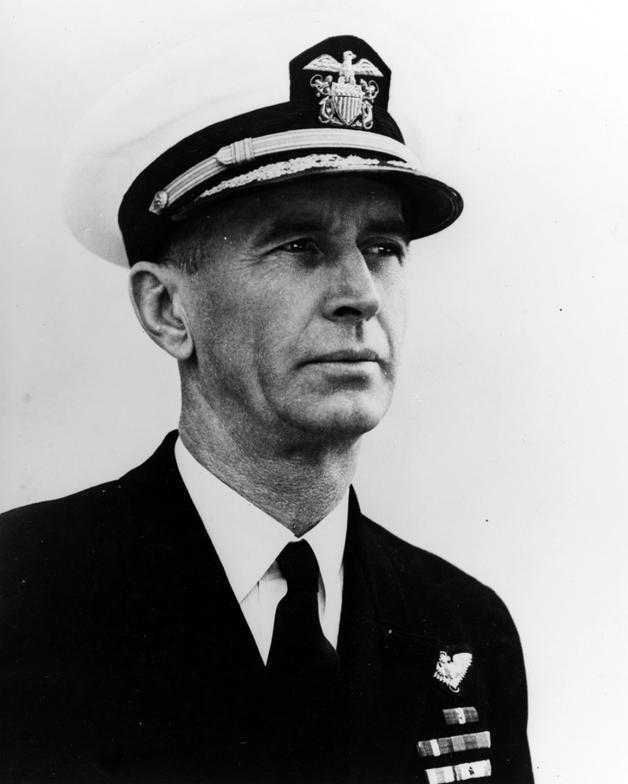John Domagalski
Author
The opening days of World War II in the Pacific found the island of Guam to be an isolated American possession in the Mariana Islands and nearly surrounded by Japanese territory. The island came under immediate attack with the start of hostilities. The small garrison of marines, navy personnel, and Guamanians surrendered to Japanese invaders after offering only token resistance.
However, not all of the American servicemen capitulated. Navy Radioman George Tweed was one of six sailors who disappeared into the thick interior jungle. The Japanese occupiers quickly solidified control over the island and began a ruthless search for the missing sailors. Five of the American fugitives were eventually found and mercilessly killed. Tweed spent the next thirty-one months on the run – sometimes literally running for his life - often staying just one step ahead of his hunters. He continually eluded his pursuers through the use of his own survival skills, some good luck, and with the generous help of Guamanian civilians – often at great risk to their own safety.
During the two and a half years the sailor remained in hiding, American forces were fighting their way across the Pacific eventually reaching Guam. The events reached a crescendo in the summer of 1944 with the arrival of the American fleet. A major naval battle, amphibious invasion, the rescue of George Tweed, and a brutal fight to liberate Guam all combine to bring the story to a close.
John Domagalski Copyright 2024
The picture of George Tweed was taken on January 8, 1945, about six months after his rescue from Guam. The sailor was sent back to the United States and missed the liberation of the island.
As Chief of Naval Operations, Admiral Ernest J. King worked tirelessly throughout 1943 to convince American and British leaders to direct more military resources to the Pacific front. The admiral believed the seizure of the Mariana Islands in the Central Pacific was the key to the ultimate defeat of Japan.
Marines demount from an Amphibious Vehicle, Tracked (LVT) and take cover on a Guam beach. The photo was taken on 21 July 1944.




